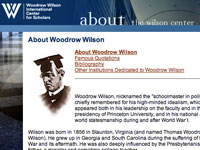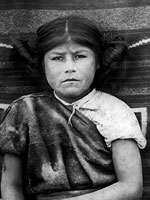Boot Hill Museum [KS]
The Museum preserves the history of Dodge City and the Old West. Its Front Street buildings are reconstructions, representing Dodge City in 1876 and exhibiting hundreds of original artifacts. The various exhibits throughout the museum depict life in early Dodge City, and include a collection of over 200 original guns, a working print shop, and an extensive collection of drugstore items.
The museum offers exhibits, living history demonstrations, historically-inspired variety show entertainment, stagecoach rides, and chuckwagon-style dinners.

